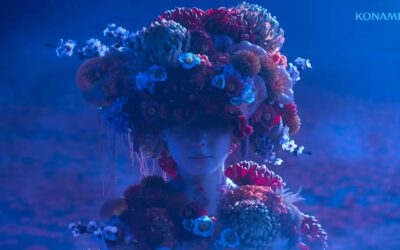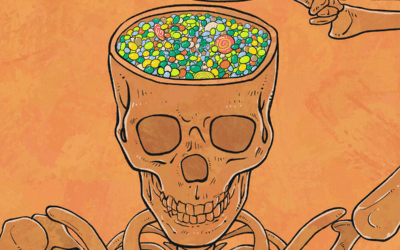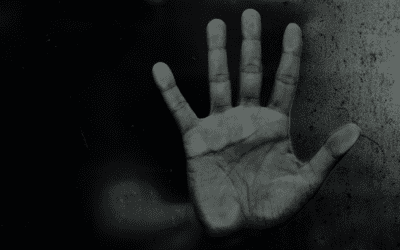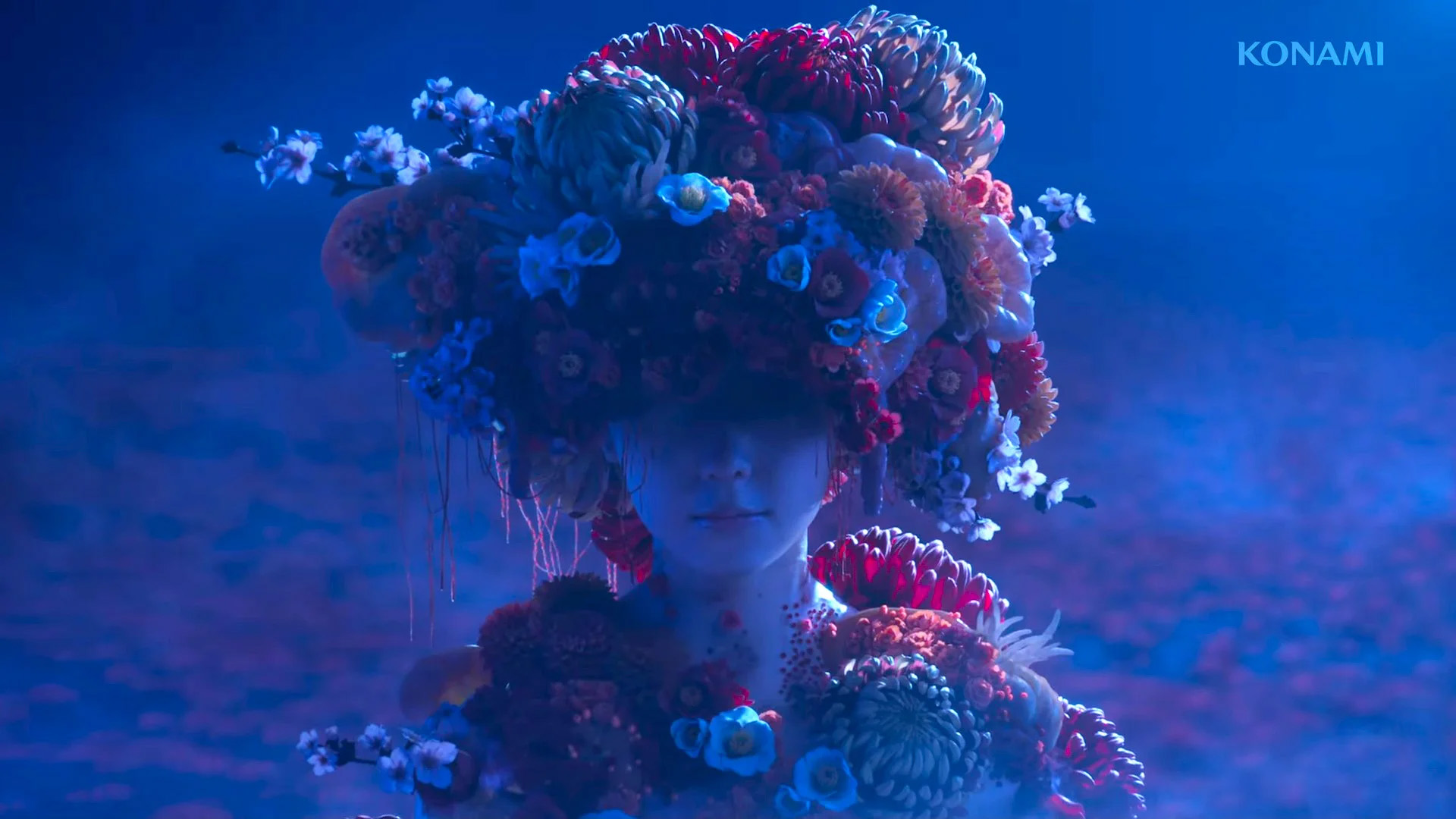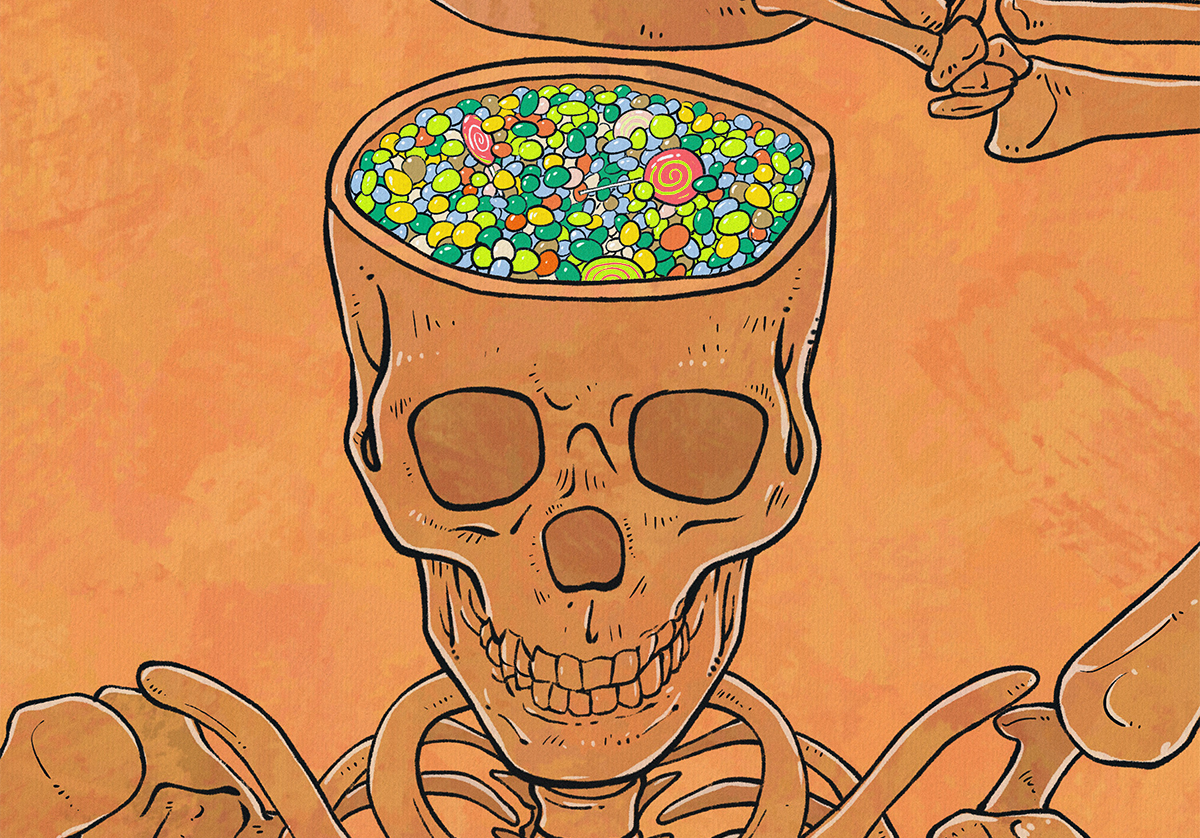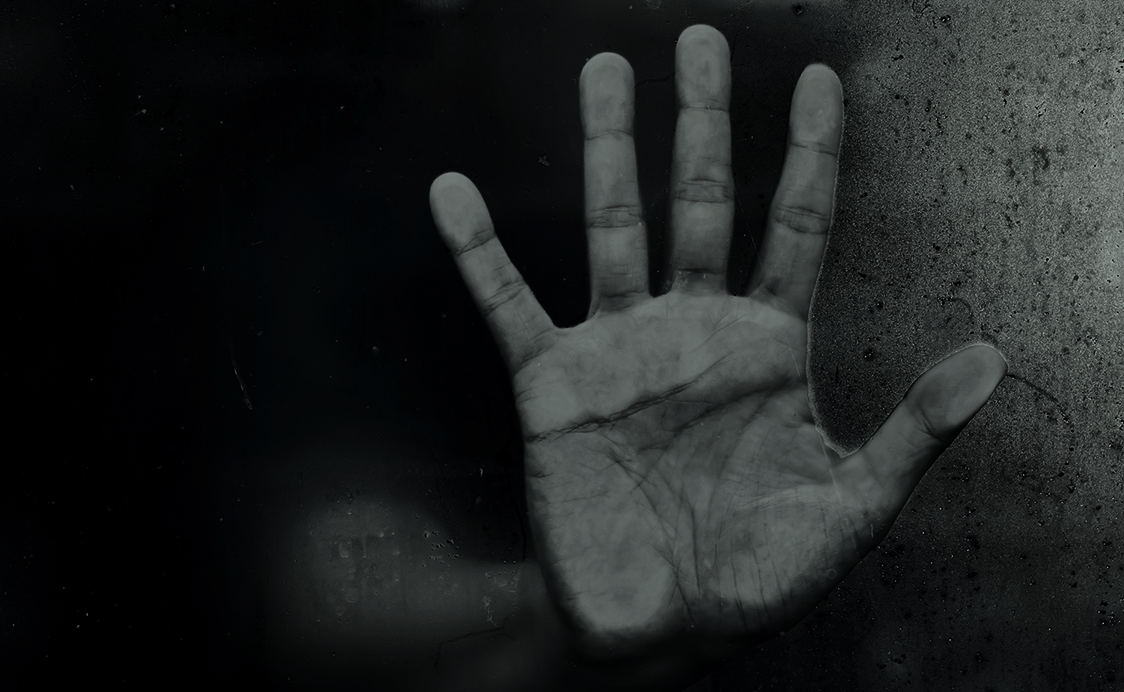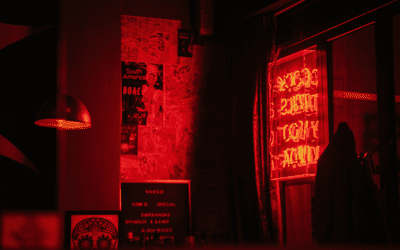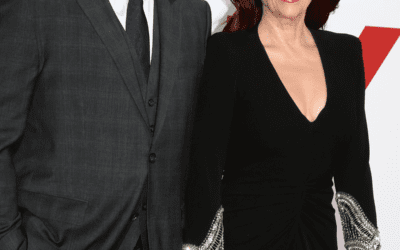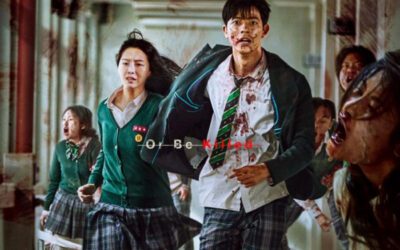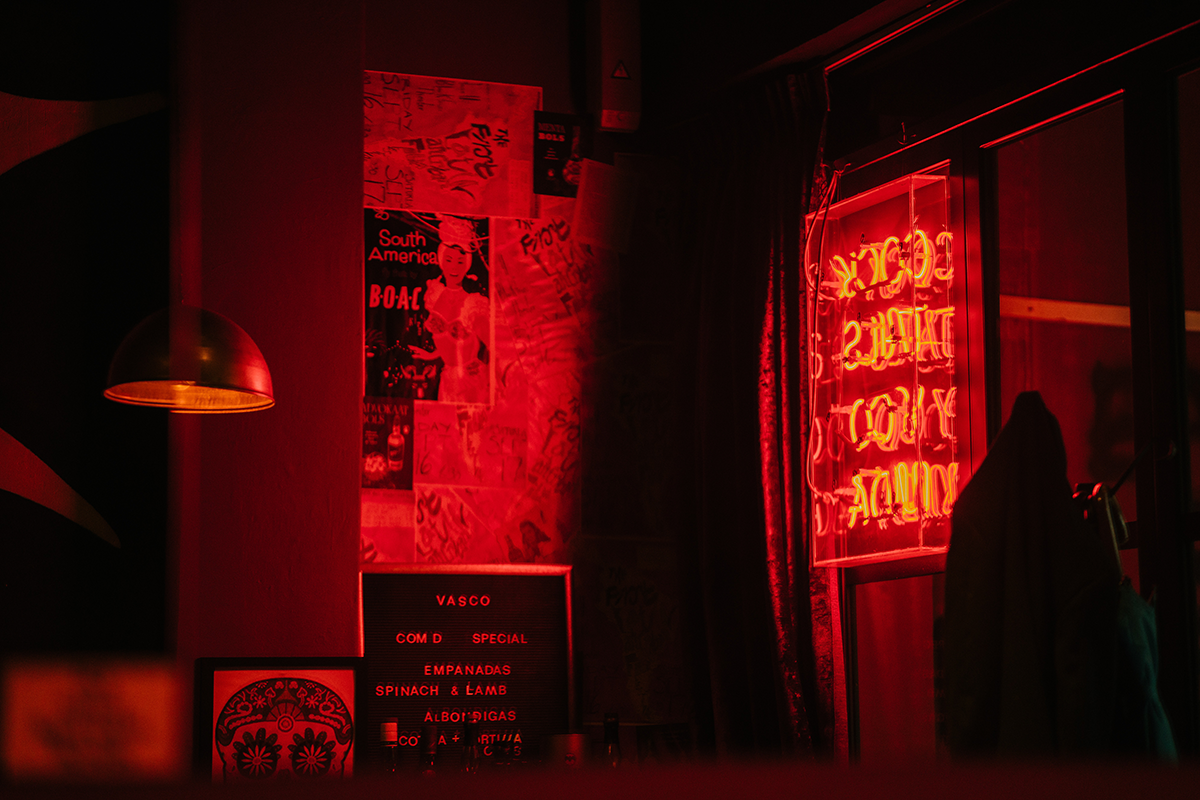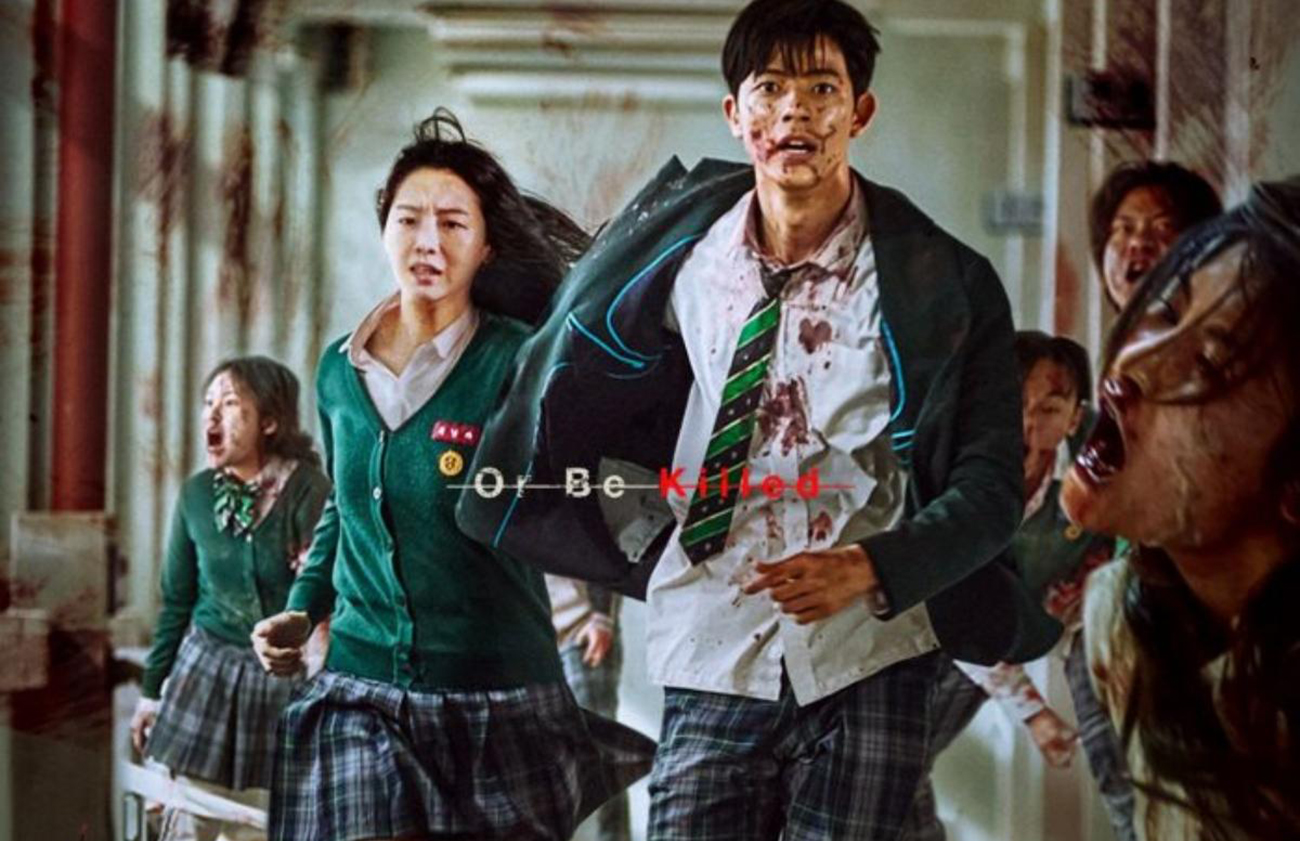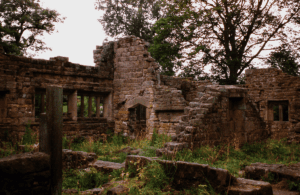
What remains of Wycoller Hall. Photo Credit: Rodhullandemu.
The old ruins of Wycoller Hall have a long and storied history dating back to the 16th Century.
The crumbling hall is believed by many people to have been the inspiration for Ferndean Manor in Charlotte Brontë’s novel Jane Eyre.
Wycoller or Ferndean?
The Brontës lived in Haworth a nearby village by West Yorkshire. The Brontë family often visited at Wycoller on their walks. Many scholars have drawn similarities between the fictional owner of Ferndean, Mr Rochester’s father, and Henry Owen Cunliffe. This would not be the only connection between Ferndean and Wycoller. One of the occupants of the hall Elizabeth Cunliffe, became Elizabeth Eyre (not to be confused with the fictional Jane Eyre) by her second marriage.
Forty years on, Ferndean Manor and Wycoller Hall would be forever linked in the literary imagination. In the 1898 edition of Jane Eyre, the London publisher George Newnes, used an illustration of Wycoller Hall for the book’s cover.
However, there is more to Wycoller Hall than Ferndean Manor and the Brontës.
The Huntsman Ghost
Many dark things lurk about the manor house.
The ghost of a former owner Simon Cunliffe haunts the estate. Over the years, his ghost has appeared on many occasions. In the time of Charles II, the lord huntsman and his squire chased a fox into the hall and up to his lady’s bedchamber. His new new wife was deathly afraid of the fox. Already angry his hunt went awry, the huntsman threatened to strike her with his riding crop. Right there, the poor lady died of fright.
The huntsman’s ghost still lurks, reliving that infamous night. Many people have reported a figure in Stuart period dress in the hall, the impending sound of horse hooves not far behind. Moments after the huntsman’s ghost passes over them, many have heard a woman’s piercing scream in the distance. The huntsman has appeared off and on throughout the years, but is mostly seen when “stormy weather and darkness strike.”
However, the huntsman is only one of many ghosts to haunt the grounds.
The shadow of a woman has been reported around Wycoller ruins. The lady seen in the empty hall may be none other than the huntsman’s wife. She wears a black silk dress, possibly in mourning.
Black Bess
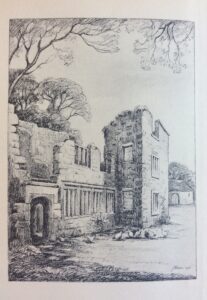
Illustration of Wycoller Hall for the London Publisher George Newnes. Photo Credit: Edmund Garrett (1897).
Still, there are other ghosts that prey within the ruins.
In another dark tale, one of the benighted Cunliffe line traveled to the West Indies. While there, the young lord took a wife. On the return voyage, Cunliffe doubted the respectability of his very own marriage. Worried about his reputation in society, Cunliffe decided. In the dead of night, over dark water, the young lord tossed his new wife overboard where she drowned.
But that is not where the story ends.
Incensed by betrayal, Cunliffe’s ghost bride pursued him across the sea to the seat of Wycoller Hall, in search of the one who murdered her.
The lore of Cunliffe’s wife — or Black Bess as the locals knew her — was so well known in Haworth, Brontë’s Jane Eyre included one of the most famous accounts of the ghost:
I remembered certain of Bessie’s tales, wherein figured a North-of-England spirit called a “Gytrash,” which, in the form of horse, mule, or large dog, haunted solitary ways, and sometimes came upon belated travelers… It was exactly one form of Bessie’s Gytrash — a lion-like creature with long hair and a huge head… with strange pretercanine eyes.
The Mystery of Wycoller Hall Endures
Which ghost haunts Wycoller Hall? Is it the malevolent apparition of the huntsman? The huntsman’s unfortunate wife, frightened to death? The relentless Black Bess, the mangy gytrash that haunts the roads and beck, hungering for justice? Could it be all of the above or even another, more fearsome entity? Whichever, the ghosts have gone silent since the death of the last of the Cunliffe line. █




